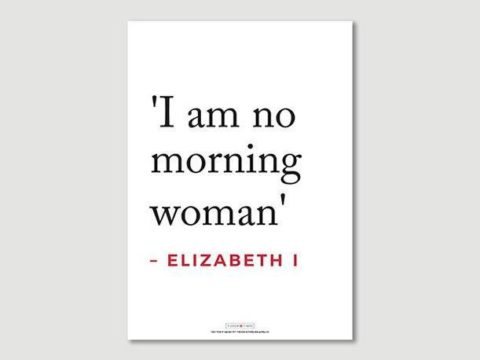Mary, Queen of France: Life Story
Chapter 11 : Family Life
Mary and Suffolk took up their old life at the heart of the English court. Mary and Katharine remained close, and Suffolk’s ability to amuse Henry, both through his jousting skills and his apparent talent at telling jokes, meant that the two were once again welcome at every ceremony.
An example of Suffolk’s method of amusing Henry, is the verse he chose to display on his banners at the jousts held following his official marriage to Mary. His new devise read;
Cloth of gold, do not despise
Though thou be matched with cloth of frieze; (cheap woollen)
Cloth of frieze, be not too bold,
Though thou be matched with cloth of gold
The words made it clear that he would not presume upon his new status as Henry’s brother-in-law.
Later that year, on 1st November, Mary and Suffolk joined Henry and Katharine inspecting a new ship. It was a galley of 120 oars, capable of holding up to 1,000 men and over 200 pieces of artillery. Henry dressed up in a sailor’s uniform (although made of cloth-of-gold) with a whistle hanging from his gold chain, which he blew ‘nearly as loud as a trumpet’. He piloted the ship for a short distance - Henry was a clever man, who could turn his hand to many things.
After the Bishop of Durham recited the Mass, the ship was named, either by Katharine or Mary (the accounts are contradictory) as ‘La Pucelle Marie’ or perhaps, the ‘Princess Mary’. A couple of weeks later, Mary and her husband attended the lavish dinner given by Wolsey to celebrate the arrival of his cardinal’s hat.
Mary was unable to attend the christening of Henry and Katharine’s daughter, who was probably named for her, the following February, because of her own advanced state of pregnancy. On 11th March 1516, she bore a son, tactfully named Henry. How Henry felt about this arrival of a boy, when he had only had a daughter, is not recorded. Hopefully, in his certainty that he and Katharine would soon have a son of their own, he was pleased for his sister.
The little boy’s lady mistress was Lady Shelton, who was afterwards to perform the same office for Henry VIII’s daughters.
Soon after Mary recovered from childbirth, she met her sister, Margaret, Dowager Queen of Scots, for the first time since Margaret’s departure for Scotland, when Mary was seven. For the three queens, Katharine, Mary and Margaret, this was probably one of the happiest times of their lives – they were young and healthy, each had a new baby, and each was married to the man of her choice, although Margaret’s marriage was heading for trouble.
In celebration of Margaret’s visit, yet another tournament was held. Henry, Suffolk, the Earl of Essex and Sir Nicholas Carew defended themselves ‘against all comers’. Not surprisingly, Henry’s performance was greatly admired.
The festivities over, Mary and Suffolk retired to the country for the summer. It soon became apparent that they would have to spend much of their time away from court. The punitive financial arrangement that they had made with Henry, together with other debts that Suffolk owed his master, made their financial resources quite inadequate to support Mary at court in queenly state.
It was around this time that the first record of Mary being in poor health is found. Suffolk wrote to Wolsey that they had delayed leaving the court because she was suffering from an ‘ague’ which repeated itself every three days. He reassured Wolsey that Henry’s physicians had been so attentive that she was now recovering.
Mary and Suffolk’s country home was at Westhorpe, in Suffolk. Although they lived a life of great luxury compared with most people’s (their annual wage bill came to £327), it was not on the scale of Mary’s life as a queen. It was there, in March 1517 that they entertained Henry and Katharine, and then accompanied Katharine to the shrine at Walsingham.
The following May, Mary was once again in London. The visit had a two-fold purpose – for her to sign various paperwork with regard to making over her French income to Henry, and for Suffolk to take part in some ‘pastime’ that Henry was planning. During this visit, the condemned men who had rioted on 1st May (evil Mayday) were brought before Henry and the three queens (Margaret was still in London). The ladies interceded for the prisoners and Henry was graciously pleased to show mercy.
The small matter of rioting Londoners dealt with, another joust was held in June – Suffolk taking part, with his outfit marked with ‘C’ and ‘M’, for Charles and Mary, copying perhaps Henry’s fondness for outfits with ‘H’ and ‘K’.
Mary was probably not in attendance, as on 16th July, she gave birth to her second child, a daughter, named Frances – probably in honour of the French king. The godmothers were Queen Katharine, and the little girl’s cousin, seventeen-month-old Princess Mary.
Mary, Queen of France
Family Tree


